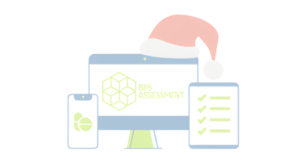Prescribing is arguably the greatest challenge for any doctor. They must choose the right medicine, the right dose, the right route, the right frequency and the right duration. They need to take into account the infinite variation in the patients they treat, because of age, other medicines and diseases. They also have to be able to counsel their patient about the medicine, monitor the effects of the treatment and interpret data relating to their treatment.
Yet there is currently a significant error rate in prescribing in hospitals (9% according to a GMC-sponsored study). That means nearly 1 in 10 medicines are being prescribed inappropriately.
Many of these errors are made by relatively junior doctors. These errors not only harm patients but also complicate care, prolong hospital stay and cost a lot of money.
The Prescribing Safety Assessment was introduced to help tackle this issue.
What does the PSA Exam test?
The aim of the Prescribing Safety Assessment is to test core prescribing competencies as outlined in the GMC’s Outcomes for graduates, to ensure that Foundation doctors are confident and competent prescribers.
The exam tests 8 distinct areas of prescribing across a range of clinical contexts: prescribing; prescription review; planning management; providing information about medicines; calculation skills; adverse drug reactions; drug monitoring; and data interpretation.
When do students take the PSA Exam?
At UK medical schools, final year undergraduate students must take and pass the Prescribing Safety Assessment in order to complete their medical degree. At other medical schools, the PSA may not be required for completing a medical degree. However, any doctors working in the UK need to pass the PSA before the end of their Foundation (F1) year.





